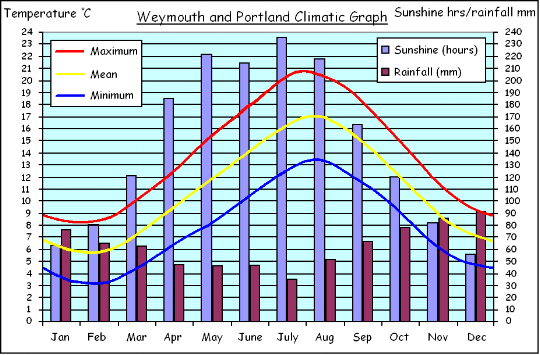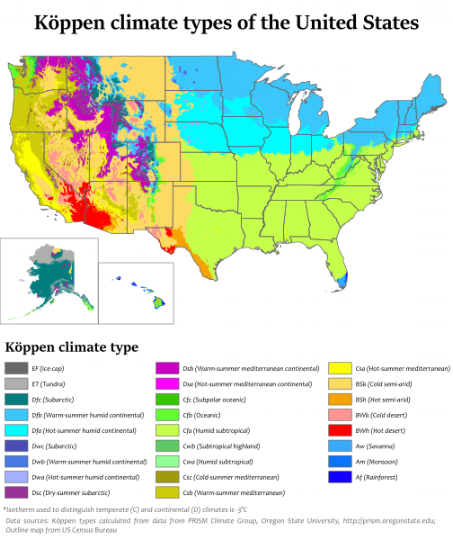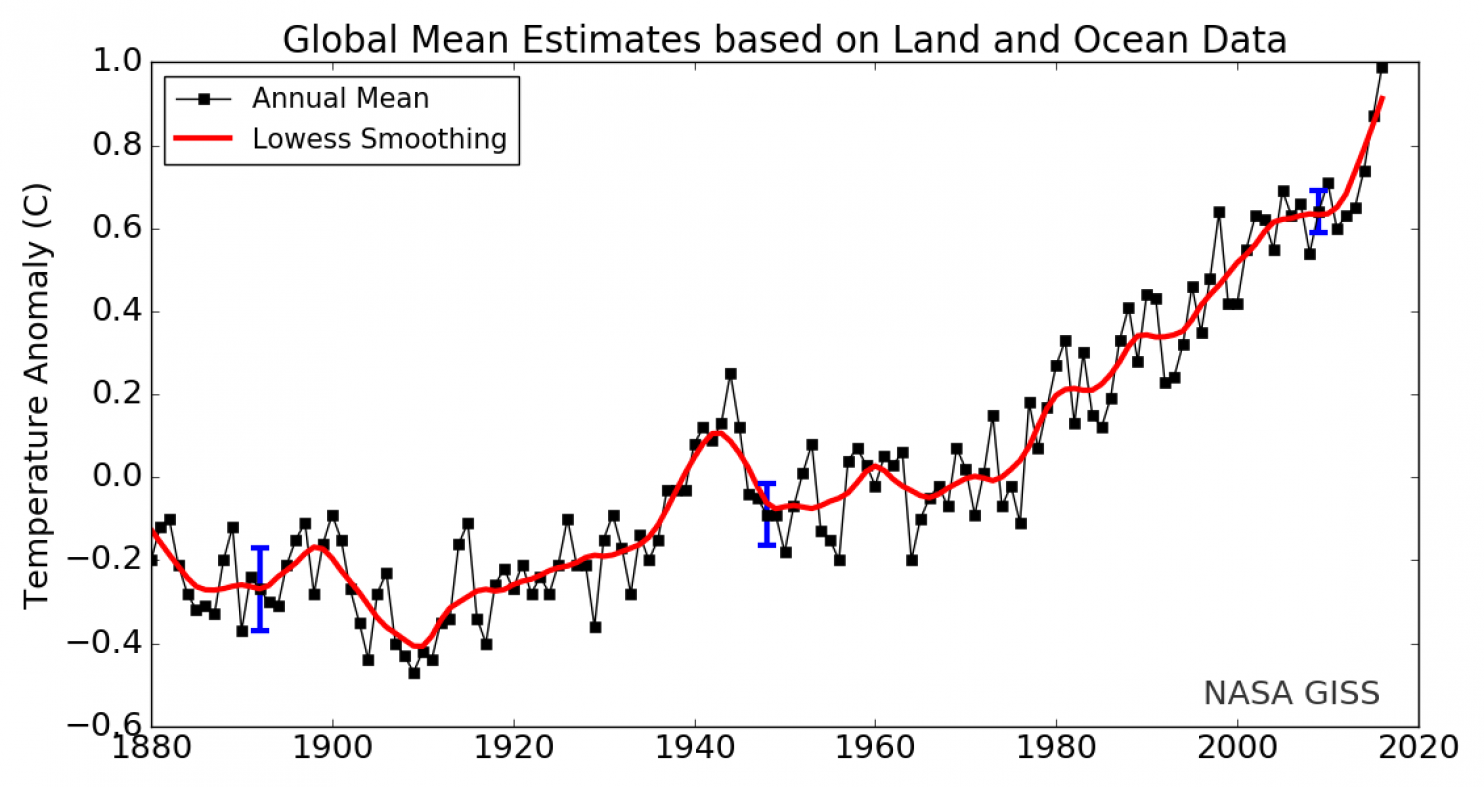“Climate change” is a phrase you have probably heard multiple times in your life. But what exactly does it mean?
To know that, you first need to know the difference between “weather” and “climate”
If you just now thought to yourself, “You mean ‘weather’ and ‘climate’ aren’t the same thing?,” they aren’t, but don’t feel bad if you didn’t know that. A lot of adults don’t know the difference either, like, for instance, all the adults who made this shampoo commercial:
If the adults who made that commercial had known what “weather” and “climate” actually mean, they would have called that shampoo “Weather Control” and not “Climate Control” because “weather” is the word that actually means whatever is happening in the atmosphere right now than can mess up your hair.
Weather is stuff like wind, humidity, and all these things:
So if you go outside right now, however the air feels and any stuff that is falling on your head from the sky (unless the falling stuff is like a meteorite or an anvil) is what we call weather. Weather is also the atmospheric phenomena that happened at any time or any place in the past, like whatever was happening in the air outside your Grandma’s place on March 13, 2009 at 8:30 in the morning.
“Climate” is the word we use to describe what the weather usually is like. It’s related to weather, but not the same thing.
Climate is kind of like the average weather for a place. Let’s say you decided to stand out in your backyard for an entire year and measure each day’s weather with instruments such as thermometers, barometers, and rain gauges. If you then took the averages of those measurements, you could figure out your backyard’s climate for that year. Scientists do pretty much the same thing when they determine climate for an area, except they look at the averages from a much longer period of time (often decades or even centuries).
When scientists are done averaging weather data to determine climate, the climate report typically looks like this:
Or this:
Or this:
So what a true “Climate Control” shampoo would be protecting your hair from are graphs and statistical averages.
These graphs and statistics let us know how much it typically rains in an area during the year, how warm it typically gets in an area during the year, etc. Looking at a climate report for your region is not the best way to decide what to wear today (you need the weather report for that). But looking at climate reports for different regions would be helpful when you are deciding what state you want to move to. For example, if you hate being cold, you will probably prefer the climate of Florida to the climate of Minnesota. Personally, I hate being hot and I like snow, so I live in upstate New York.
So back to our original question, “What is climate change?” As I'm assuming you already guessed, “climate change” is what we call it when a place’s climate changes. Climate change does not mean today it is sunny and tomorrow it is raining. That’s the weather changing. Climate change means the weather in a region (or around the world) keeps being different from what is expected, until what used to be typical weather is no longer typical.
To give a more specific example of what “climate change” means, lets say that for the last 125 years, scientists have been carefully measuring temperature around the world and using that data to determine the average temperature for the entire planet for each year. The scientists then graph all 125 or so yearly average temperatures. If the climate is stable, it is normal for those temperatures to zigzag up and down on the graph from year to year, but as you look at them across the years, the temperatures will basically make a horizontal line.
If the graph looks like this, though…
…and the average annual temperature aren’t grouping around a horizontal line but instead have been trending upwards for the last hundred years, that means “climate change” is occurring, because the temperature is not consistent, but instead keeps rising over the decades. This, of course, isn't a hypothetical example. That's really what's been happening.
Normally, climate change is a natural thing. It has occurred throughout Earth’s history.
The Earth’s atmosphere has been much warmer in the past than it is now. If we had been around during the time of the dinosaurs, we would all be wearing t-shirts and shorts whenever T. Rex’s ate us, because the climate then was tropical around most of the planet.
The Earth’s atmosphere has also been much colder in the past than it is now. If I lived 15,000 years ago when the last Ice Age was happening, my hometown in upstate New York would have looked something like this all year round:
Usually when you hear people talk about “climate change,” they are not talking about climate change in the past. They are talking about climate change happening now. You may also hear the term “global warming” to talk about today’s climate change, but “climate change” seems to be the most commonly used term for what’s happening today.
One thing scientists have observed over and over again in both the past and today is that climate change is directly connected to a type of gas in the atmosphere that is also coming out of your nose right now. Scientists have found that when the amount of carbon dioxide in the atmosphere changes, the climate will change too.
How can an invisible gas change the climate? I’ll be writing about that in my next post.
To learn more about how scientists have learned about past climates, read my free eBook Uncovering Earth’s Secrets.
Online References and Resources:
American Geosciences Institute. "What is the difference between weather and climate?"
https://www.americangeosciences.org/critical-issues/faq/difference-between-weather-and-climate
EPA. "Climate Change: Basic Information"
https://www.epa.gov/climatechange/climate-change-basic-information
NASA. "What is Climate Change?"
https://www.nasa.gov/audience/forstudents/k-4/stories/nasa-knows/what-is-climate-change-k4.html
National Ocean Science Service. "What is the difference between weather and climate?"
http://oceanservice.noaa.gov/facts/weather_climate.html
Photos and Images:
Click the photos and images used above to find their sources.










